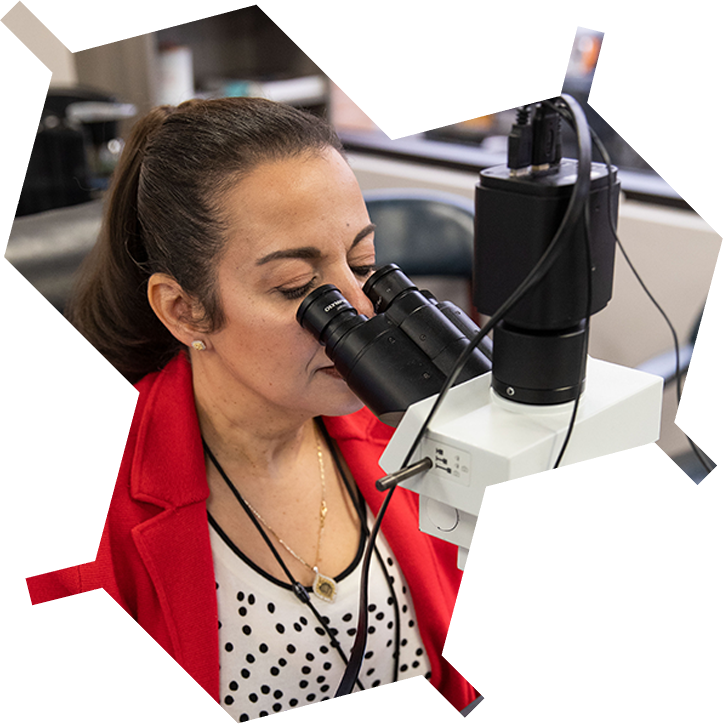
ClinicalChemistry
Clinical Chemistry is the standard method of testing to measure the various levels of chemicals in a patient’s bodily fluids. Generally when your medical practitioner requests that you “go to the lab for tests,” before a physical, Clinical Chemistry tests are what he or she is asking for.
By providing samples of both blood and urine, medical practitioners will be able to see accurate levels of chemical components including electrolytes, blood glucose, hormones, enzymes, lipids, and proteins.
By being able to observe the levels of the various chemical components found in blood and urine samples, physicians are able to observe whether a patient is showing any precursors or symptoms of disorders. For example:
- Electrolytes: These include tracking levels of sodium, potassium, chloride, phosphorus, and magnesium in a patient’s blood. Measuring electrolytes is generally used to indicate whether a patient might be suffering from certain metabolic, liver, and kidney disorders.
- Blood glucose: Also known as blood sugar levels, are used to show how the body manages glucose in the system. Because glucose is derived from the foods we eat and is used for energy, measuring glucose levels after fasting (generally up to eight hours before testing) can help diagnose diabetes or hypoglycemia (low blood sugar).
- Hormones: Hormones are secreted by the various endocrine glands and are used to regulate the multitude of processes in the body. If certain hormone levels appear to be raised or lowered, it can indicate issues with glands. For example, higher levels of Thyroxine can indicate a thyroid issue and uneven levels of Cortisol can indicate an issue with a patient’s adrenal gland.
- Enzymes: Enzymes are released into the blood when an organ is diseased or damaged. The type of enzyme found in blood samples indicates which organ is affected. For example:
- Creatine kinase: An indicator of damage to heart muscle.
- Amylase and lipase: An indicator of inflammation or possibility of pancreatic cancer.
- Alanine aminotransferase: An indicator of liver disorders.
- Lipids: Lipids are the various types of fatty substances found in the body. They include: triglycerides (body fat), phospholipids (part of cell membranes), and sterols (such as cholesterol). Lipids are used as an indicator of coronary heart disease and liver disease.
- Proteins: Proteins are used to indicate the possibility of metabolic and nutritional disorders, as well as certain cancers. For example:
- Globulins: Used as an indicator of infection, autoimmune disease, inflammation, and certain blood cancers.


